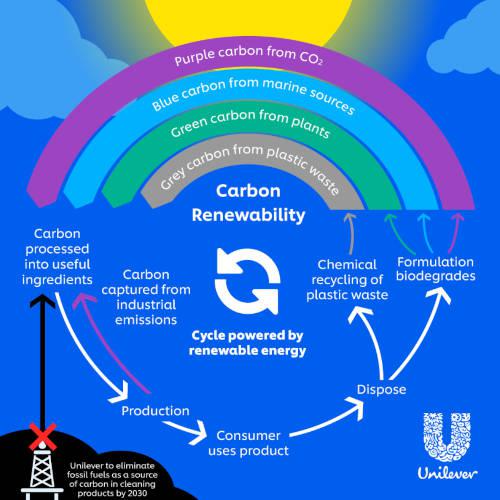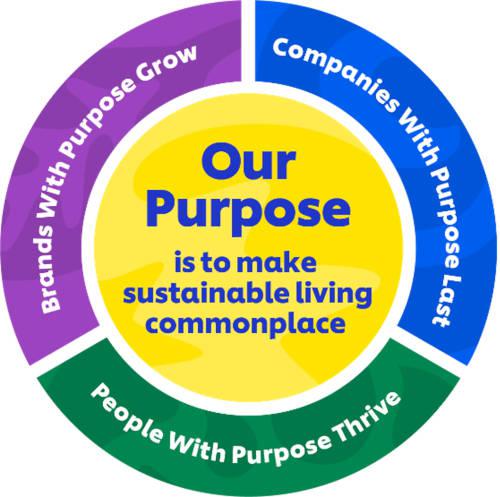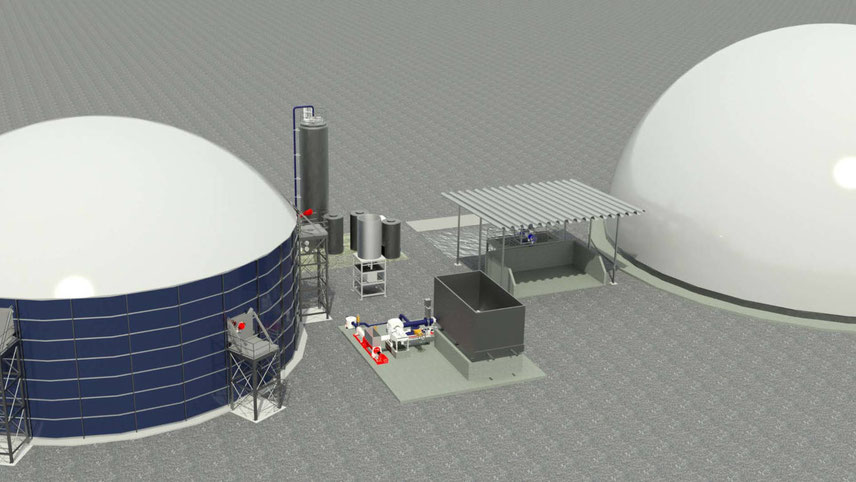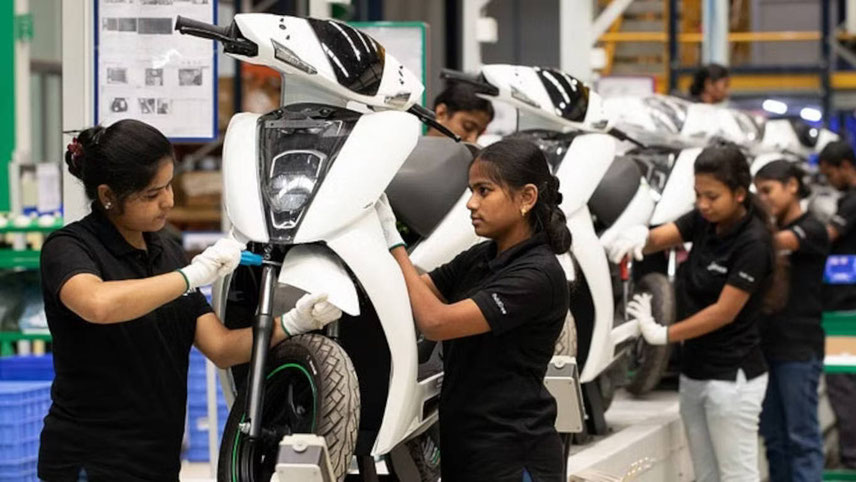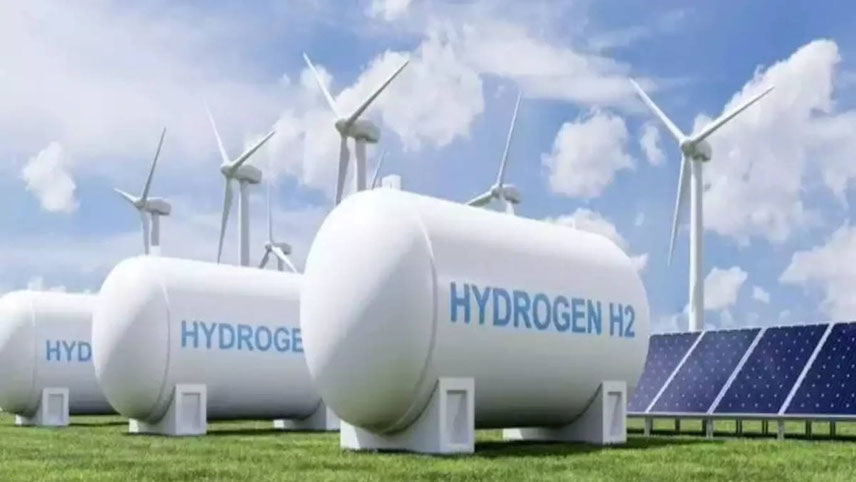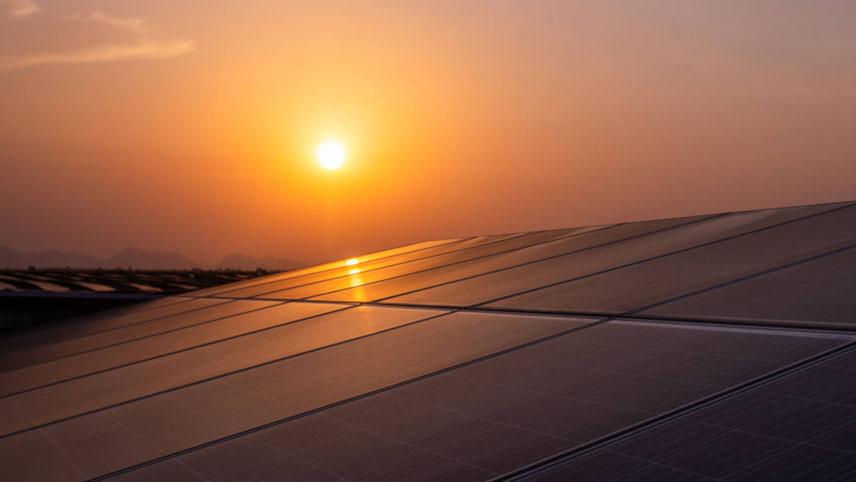
The race to net zero carbon emissions is picking up pace, driven by governments and businesses who see the advantages of getting ahead – and the risks of being left behind. The corona virus pandemic and the ensuing economic crisis have only heightened the need to avert global threats like extreme weather disasters, and to build the resilience needed to mitigate their effects. The only way to avoid the worst possible climate outcomes is to accelerate our efforts now. It will need commitment, resolve and definitive action from each one of us. In the Paris Agreement, governments agreed to keep global warming ‘well below’ 2˚C, and to make efforts to keep it below 1.5˚C. However, the Intergovernmental Panel on Climate Change (IPCC), in its seminal report alarmingly concluded that global emissions need to reach net zero around mid-century to give a reasonable chance of limiting warming to 1.5˚C. Currently, we are on a much higher trajectory if we don’t act immediately. A difference of even half a degree Celsius could expose hundreds of millions more people worldwide to life-threatening heat waves, water shortages, crop failures and coastal flooding. A world with coral reefs and Arctic summer sea ice, or a world without them, hangs in the balance if we don’t limit warming to 1.5˚C. The havoc that climate change is wreaking all over the planet today cannot be denied anymore. Until we stop adding greenhouse gases to the atmosphere, the temperature will keep rising. The longer it takes to do so, the more dangerous and costly the repercussions will be. Achieving a net zero or close to net zero target is key to arrest global warming. For governments and businesses, this would mean that they need to make rapid progress towards a net zero emissions world by 2050 at the latest to keep global warming below 1.5˚C. The International Energy Agency’s (IEA) new World Energy Outlook 2021 (WEO) report explains that to achieve the Paris Agreement’s 1.5˚C goal, investments in clean energy must reach $4 trillion by 2030, 70 per cent of which will focus on developing countries. In this context, India’s climate actions are a balancing act between environmental sustainability and overall development. According to the Government of India, the country is well on its way to achieving emission intensity and energy targets well before the 2030 timeframe India has committed to. The country’s ambitious renewable energy target – installed renewable capacity of 450 GW by 2030, solar installed capacity, far-reaching Electric Vehicle framework, National Hydrogen Mission, and a goal to make Indian Railways a ‘net-zero’ carbon emitter by 2030 – will significantly further the country’s green transition. Despite the progress India has made and its overriding development priorities, the challenge for India like for every other nation is about increasing its ambition. To do so, the developed world must lead, and the developing world must do its part to take actions to mitigate the impact of climate change. India needs financial support matching the scale of transformation it is aiming for. At the same time, developed countries need to offer more technical and capacity building support and cooperation. Sufficient investment in low-carbon technologies, switching to efficient technologies from current fossil-fuel based ones, and upgrading infrastructure in the short- and medium-term while transitioning to alternative energy sources in the long-term, will contribute immensely to reducing emissions. Along with moving towards future-ready technologies, it is very much our responsibility to also conserve and protect the natural assets and rich biodiversity that India is blessed with.










